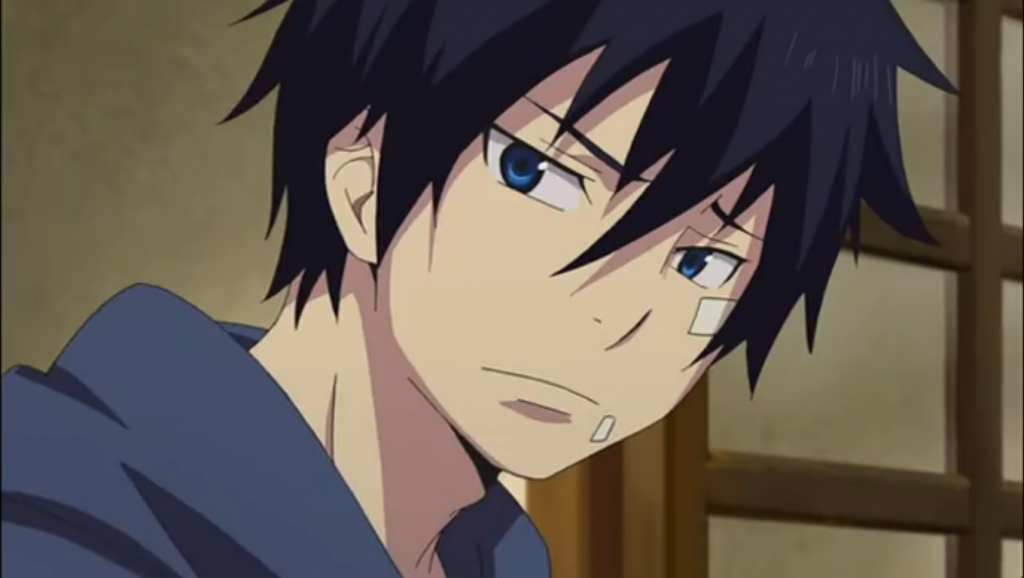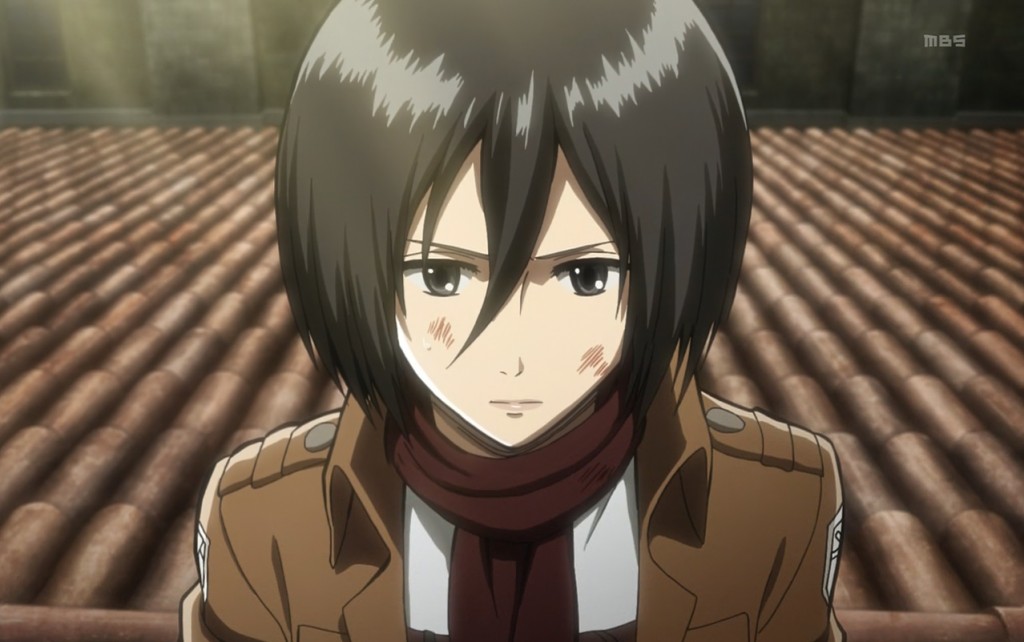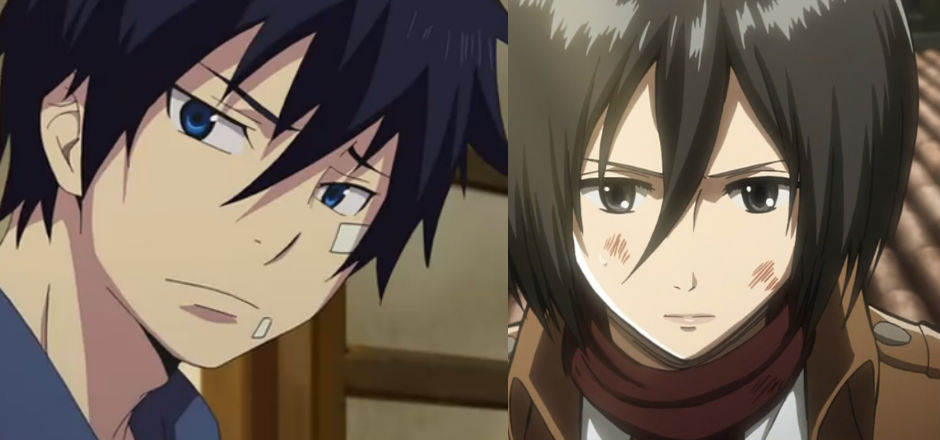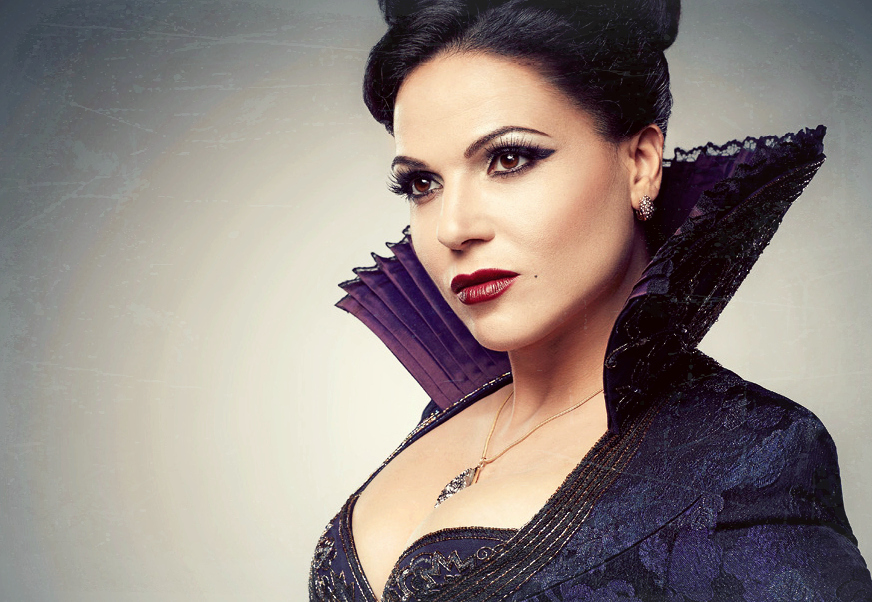Anime isn’t exactly known for excellence in representation. Japan is racially homogenous for the most part, and anime often reflects that: characters tend to be Japanese — naturally — or European if the anime is fantasy-based.
But there is one trend in diversity in anime: characters who are of mixed race.
The cultural significance of people of mixed racial descent is different in Japan than in the United States, where a significant amount of the population immigrated from a diverse range of nations. As mentioned, Japan is largely racially homogenous: the predominant ethnic group is listed as “Japanese,” and the nation closed its borders for 200 years between 1641 and 1853, which has had a pretty lasting cultural significance both on immigration laws and cultural perception of outsiders.
This leads to some interesting impacts on culture and entertainment. For example, the Japanese term for someone of mixed racial descent is “hafu,” derived from the English word “half.” According to The Diplomat:
Hafu is the most commonly used word for describing people who are of mixed Japanese and non-Japanese ethnicity. […] Rather than calling someone mixed-race or biracial, some believe that the term hafu insinuates that only the Japanese side is of any significance.
Viewers who see mixed-race characters in anime will notice a number of series featuring characters who are biracial, in either a literal way — for example, a character who is half-Japanese and half-European like Ouran High School Host Club‘s Suoh Tamaki — or in a less literal and more metaphoric way, like characters who are part-supernatural creature.
Just as representation of mixed-race characters in American entertainment can make those characters seem strange and Other, there’s a definite scale in depictions of mixed-race characters in anime. Here, find four different anime characters on a scale from Most Other to Least Other and see where your favorite characters fall.

Okumura Rin is the protagonist of AO NO EXORCIST. He’s half human and half demon.
[heading style=”subheader”]Okumura Rin, Ao no Exorcist[/heading]
Ao no Exorcist (Blue Exorcist) is a story of demons and those who exorcise them, and protagonist Okumura Rin is an example of an easy out of biracial character storytelling. His half-Japanese, half-demon heritage is an easy metaphor for half-Japanese, half-Something Else, and Rin’s father is literally Satan.
While the series addresses some interesting themes related to multiracial communities, the demons are a bit too, uh, demonized to make for an empathetic metaphor.
There’s not much else to say about Ao no Exorcist without giving too much away — but you can find the anime online at Hulu and Crunchyroll to see the series in action.
[heading style=”subheader”]Inuyasha[/heading]
The shounen feudal fairy tale Inuyasha features a title character who is half-human and half-youkai, a type of Japanese demon, who meets the female protagonist Kagome when she falls through a well from the present day to 500 years in the past.
As an individual, Inuyasha displays significant disdain and self-loathing because of his mixed heritage. In a narrative American readers will recognize, flashbacks to his past reveal his rejection by both human society — because humans fear him — and by youkai society — because youkai see a half-human as inferior.
Takahashi Rumiko, the creator and mangaka of Inuyasha, often explores themes of duality in her manga; her earlier work Ranma 1/2 features a male protagonist who transforms into a female character, and the currently-running manga Rinne also features a character of mixed human and supernatural race.
While Inuyasha’s take on biracial character storytelling is also something of an easy out, a major plot point in the series is that, though Inuyasha himself wants to become full youkai and his previous lover wanted him to become human, Kagome accepts and cares for him as he already is, bringing him up just a smidgen above Rin.

SHINGEKI NO KYOJIN’s Mikasa Ackerman, a secondary protagonist, is only ever referred to as being half “Asian.”
[heading style=”subheader”]Mikasa Ackerman, Shingeki no Kyojin[/heading]
Shingeki no Kyojin features very little discussion of Mikasa Ackerman’s race or physical appearance. While her friends Eren and Armin have decidedly European names, Mikasa’s given name is decidedly… not. It isn’t until the sixth episode that viewers learn that Mikasa is humanity’s “last Asian.”
Or, at least, her mother was.
The revelation of Mikasa’s mixed-race heritage is tied closely to the fact that her heritage directly led to her parents’ murder. In a scene not quite like those in other anime, the series directly addresses human trafficking and what amounts to yellow fever, with the characters who kill Mikasa’s parents and abduct her explicitly stating they plan to “sell her to some perverts.”
It’s fascinating to see that Mikasa herself has no anger or angst towards her heritage — it’s just something she and those around her accept. The true problem in Mikasa’s heritage isn’t an internal struggle because she can’t accept herself, but an external one based entirely on society’s inability to qualify her as a person.
[heading style=”subheader”]Maka Albarn, Soul Eater[/heading]
The protagonist of shounen series Soul Eater is a little peculiar for a shounen hero: first off, she’s not a teenage boy; her most stand-out attribute is her bookishness, not her levels of brute strength; and she’s half-Japanese and half-American in a series set in the state of Nevada in the US.
The fact that Maka’s mixed comes up maybe once through the course of the series, and only when her mother — a Japanese meister — is mentioned. And never once is it indicated that it’s part of her character issues.
Maka has no limit on her character problems — she has a lot of daddy issues, honestly, along with her perfectionism and lack of patience — but being biracial is only a passing, briefly-mentioned characteristic, not a problem, leaving her to focus on more interesting and important problems. (Like the world’s imminent destruction via the bad guys.)
Representation is important, and it’s definitely important to showcase the issues different groups face — but in many ways, it’s also important to show that heroes of other races or mixed race aren’t “exotic” and different, and while the Soul Eater series does an excellent job being all-around inclusive, Maka Albarn is a great example of a hero who’s diverse but not Other.
Feliza Casano is a fan of anime, manga, and every sort of book as well as editor in chief at Girls in Capes. She writes for all sections of the site, and she’s the one behind GiC’s Facebook and Twitter. Follow her on Twitter @FelizaCasano.
Interested in anime diversity? We also talk about the difference between gay and lesbian representation in anime. We also have some great recommendations if you like thought-provoking anime (and Mikasa’s home anime is on the list!)






I feel as though this article merely highlighted a near complete lack of racial and social diversity in anime and most other japanese media. By any reasonable standard this represents a poor showing of diversity generally and of bi-racial issues specifically.
I personally resent the Japanese term “hafu” as I also despise the common usage here in Canada of “Hapa” for mixed ethnic Asians. I would love to see an anime that actually delves into a social examination of Japans racial homogeny and the impact that has on biracial children living there, because the truth is very much one of being bothered, sometimes in positive ways such as admiration of western features, or in the negative with bullying and social hazing. I feel like one day that story will be told in a medium like anime or Asian cinema, but its going to be a while before we see it.